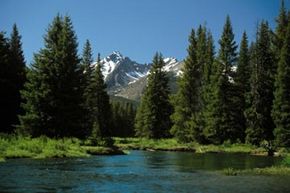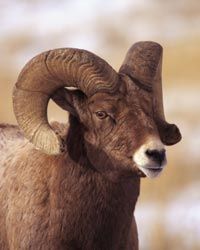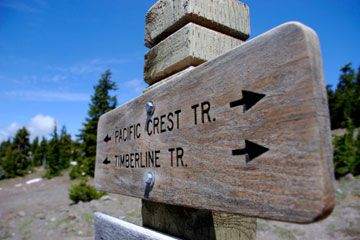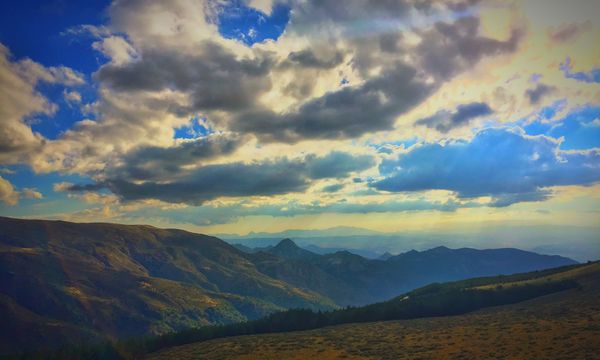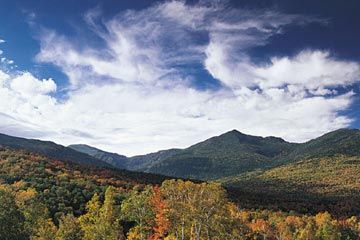He climbed cathedral mountains, he saw silver clouds below He saw everything as far as you can see -- Rocky Mountain High
Pop singer John Denver wrote these lyrics after moving to Colorado and experiencing the beauty and wonder of the Rocky Mountains. (Colorado later returned the favor by making it an official state song). And Denver was not the only one so transformed. Every year 3 million people come to Rocky Mountain National Park to experience the unique views that come with hiking at a high elevation, making it one of the most popular national parks in the U.S.
Located just 80 miles (128 kilometers) north of Denver, Colorado, Rocky Mountain National Park is the highest park in the country [sources: GORP, Schmidt]. The elevation means that some of the peaks have snow year-round, but cold weather hiking isn't the only attraction. You can hike through the woods or head up to higher elevations for even better views. You hit the tree line at around 11,000 to 11,500 feet (2,700 to 3,650 meters), and here the landscape changes dramatically from a forest of pines to open expanses of wildflowers, because the temperatures at this altitude are too cold for most trees to grow [source: National Park Service].
Advertisement
Wildlife viewing is also affected by what elevation you're hiking. You can find bighorn sheep, coyotes and elk both above and below the tree line, but some of the best wildlife is located in Moraine Park and Horseshoe Park, especially in October during elk mating season [source: GORP]. Horseshoe Park's Sheep Lake also features a large mineral deposit that's basically a naturally occurring salt lick that attracts big horn sheep.
Although home to humans for 10,000 years, Rocky Mountain National Park became part of the National Park Service in 1915, despite controversy. Ranchers, mining companies and developers at the turn of the century opposed any move to preserve land from private use, just like today [source: National Park Service]. Fortunately the NPS preserved the park to be enjoyed by future generations.
Whether you're headed out to Rocky Mountain National Park for a day hike, a weekend of hiking and camping, or a longer backpacking trip, it's important to know where you're going and keep an eye on trail conditions, so that you can bring the right gear for your trek. We'll look at some popular trails next.
Advertisement
